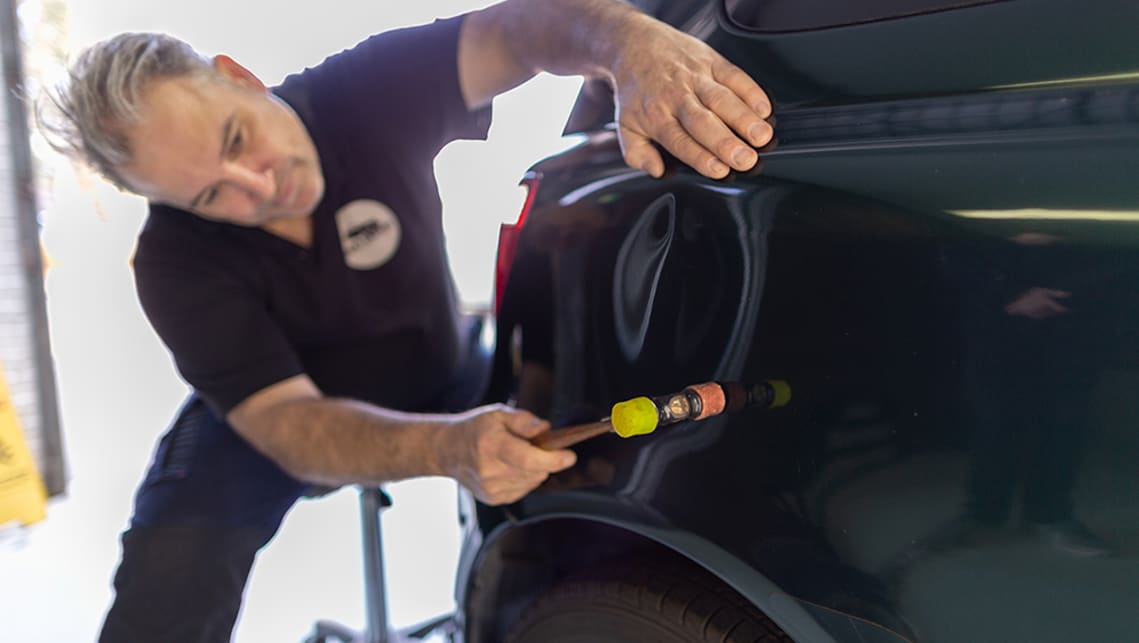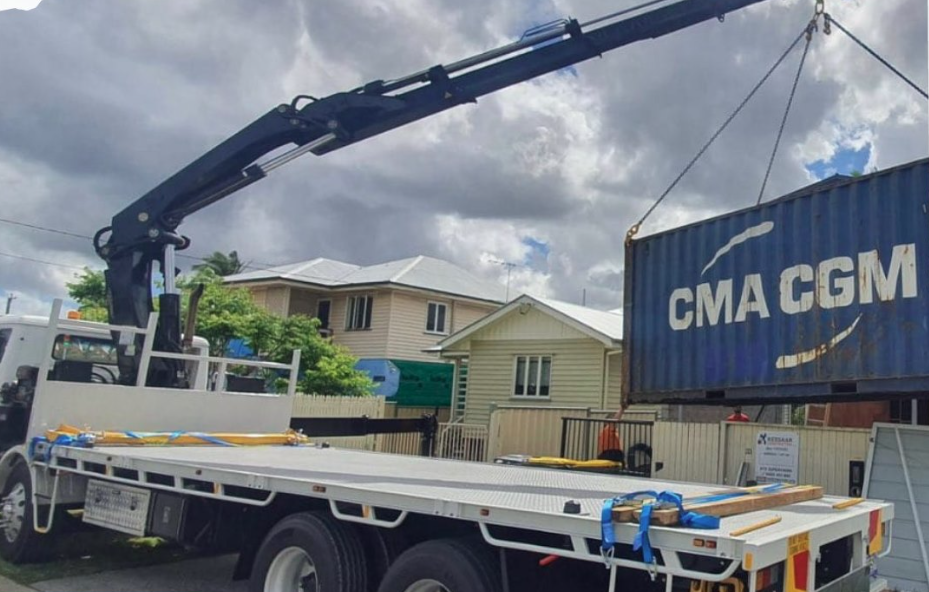Even if you are the most careful driver, your car will likely have some dents. Whether from hail, another car’s door, or a baseball thrown by your kids, these dents can affect resale value and are best repaired quickly.
Traditional repairs can take days, but paintless dent repair can get you back on the road faster.
Paintless Dent Removal
Unlike conventional repair, this process focuses on small dents that are cosmetic and not structural. Often these are caused by bumping into another vehicle or objects like shopping carts in parking lots. Also, sporting accidents can leave minor dents that are easily repaired with PDR.
A technician will assess the damage and look at how it occurred to determine if it can be fixed through PDR. They’ll then use a series of sized and shaped tools for access behind the damage to apply gentle pressure to the dent.
This will slowly massage the metal back into its original shape without the need for fillers and repainting. This will maintain your car’s original paintwork, often worth more at resale. However, it’s inappropriate for all dents, as deeper ones may require more invasive methods to fix. Also, it’s not a solution for scrapes or abrasions that have damaged the surface of your paint.
Refinishing
Depending on the complexity of the dents, it takes a lot of skill to massage them back into their original positions. This is often done by “pushing” or “blending.” This requires that the technician gain access to the reverse side of the dent, which may be difficult if there’s something in the way.
Using special tabs and glues, technicians can access the back of the dent to pull out some dents or push out others. This method saves the most time and money because sanding and repainting is unnecessary.
Paintless dent repair can be more expensive for a more significant or complex dent because the technician must spend more time massaging it. But it still costs significantly less than traditional methods that involve body fillers and drilling holes to pull out dents. It also helps retain resale value. A visually appealing vehicle is more likely to be sold at a higher price than one with visible damages and imperfections.
Repairing Deeper Dents
The size and shape of dents will play a significant role in the repair process. Shallower dents will be easier to fix, whereas larger dents will take longer and may require more work.
To access the back side of a dent, technicians must remove parts of the vehicle, such as headlights or mirrors. This will require more time to complete the repair and increase the cost.
Some kits allow owners to do paintless dent repairs themselves, but these tools tend to have limited effectiveness. These kits often include a glue gun that uses adhesive to attach tabs designed to pull or tap dents.
It’s essential to get dents fixed as soon as possible, not only for aesthetic reasons but also because they can significantly impact trade-in or resale value. In many cases, bodywork isn’t covered by warranties, so it’s best to have your car repaired by a professional.







